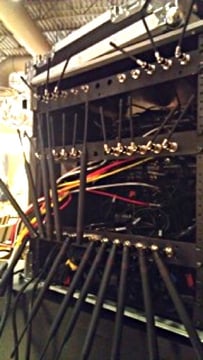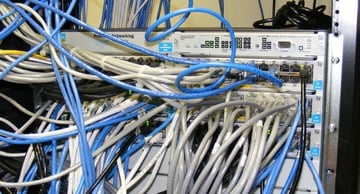- Products
- All Products
- RF PA Extension Kit
- Wireless Microphone Upgrade Packs
- In-Ear Monitor Upgrade Packs
- Wireless Microphone Antennas
- Wireless In-Ear Monitor Antennas
- Antenna Distribution for Microphones
- Antenna Combiners for In-Ear Monitors
- Multi-Zone Antenna Combiners
- Spectrum Tools
- Accessories, Cables and Parts
- Solutions by Venue
- Resources & Training
- Performance Tools
- About Us
Avoid Wireless IEM Dropouts
In-Ear Monitor Essentials
Reliable, Pro Performance, Aesthetically Pleasing, Flexible Solutions for all venues from clubs and churches to large stadiums, cathedrals and executive boardrooms.
In-Ear Products for Every Application
RF Venue provides all the components needed to create a fully functional antenna system for your wireless IEM transmitters.
Key Features & Benefits
See what sets RF Venue apart from the competition.
“A no nonsense - simplified approach to a very complex and ever changing landscape that is wireless, RF Venue provides the tools and the know how to make you successful in your wireless deployment. Be it from a pair of wireless handhelds to a system consisting of multiple channels of IEM and microphones, RF Venue has you covered. Keeping it simple and keeping you successful, RF Venue is the source and the solution.”
Eugene "Geno" Mulcahy, TMP-Pro
“Backward Audio has been using RF Venue Products faithfully and successfully for many years. But I have to say with the introduction of the “Diversity Architectural Antenna” into our installation projects, this product became one of our favorite products ever! It works, looks great, and is easy to install. And now we also use the “CP Architectural Antenna” for any IEM installations. Two great products. If a Systems Integrator hasn’t used these products yet, I highly recommend giving them a try.”
Wayne Backward, Backward Audio
“As Design/Builders, CSD offers custom solutions for all of our clients and RF Venue’s combiners and distribution solutions go hand in hand with our designs in creating the most elegant and efficient systems that deliver performance to the highest standards of excellence that we are known for. It’s a great partnership that we value.”
Daryl Porter, CSD Group, LLC
Solutions by Venue
RF Venue makes products to increase reliability for any venue.
Start with RF Venue Performance Tools
Check your performance or build your system with our free tools.
More From The Blog

CP Beam Antenna
Are You a Wireless Microphone Antenna Farmer?
1 min read
| October 13, 2012
Read More

2.4 GHz CP Beam
2.4 GHz Microphones Gaining Speed on Corporate Gigs
5 min read
| December 13, 2014
Read More

RF Spotlight Antenna
Corporate Wireless Audio: Q&A with Jeffrey Miranda
4 min read
| October 11, 2014
Read More
Work with RF Venue
RF Venue users already work with all the gear that you use. You should work with us too.



